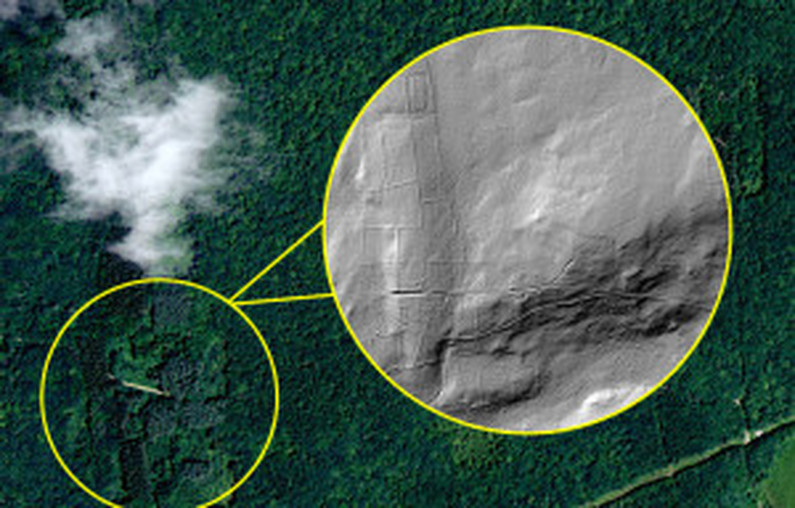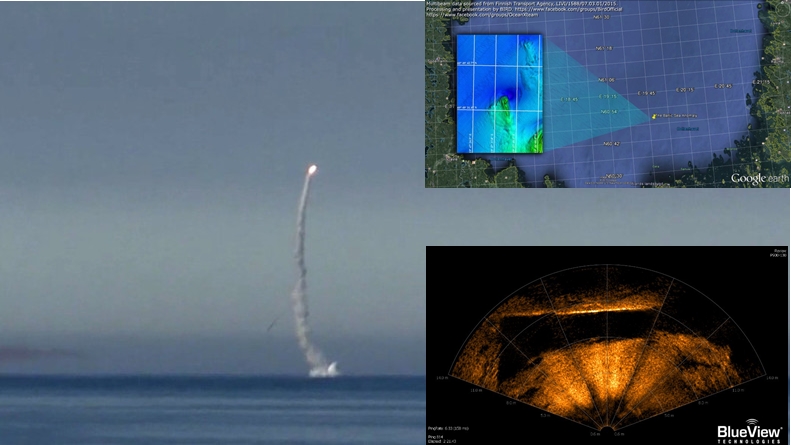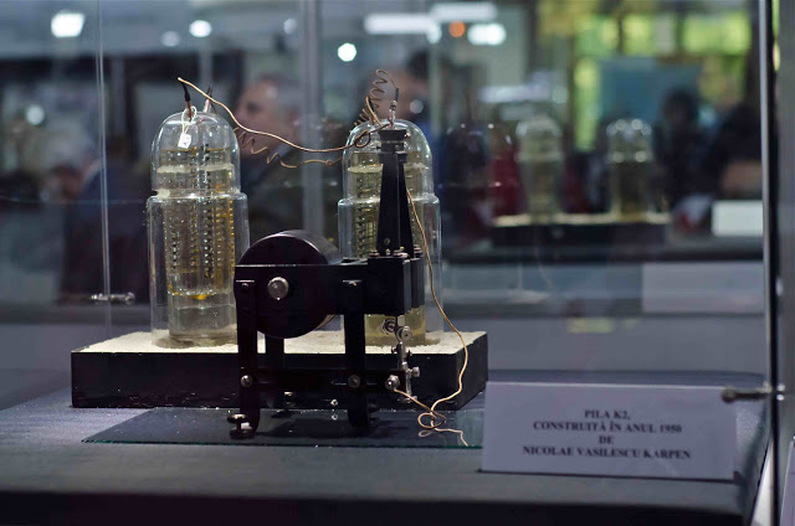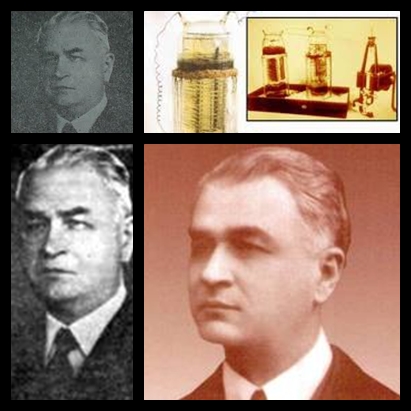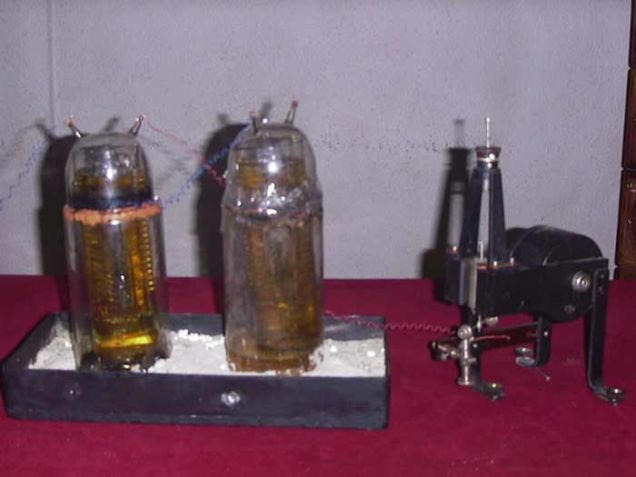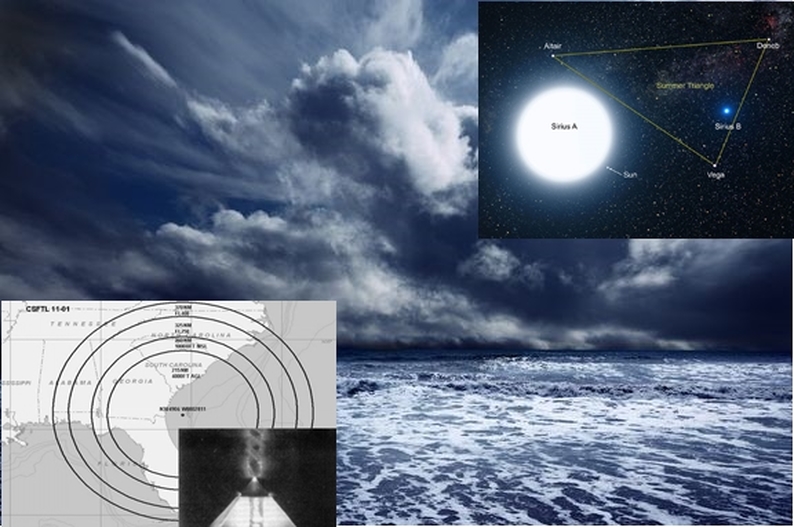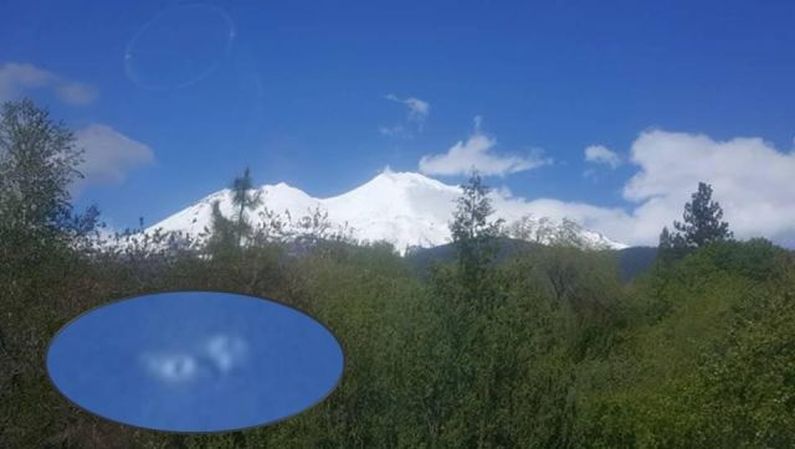|
While NASA is known for exploring our solar system and space in general, the space agency is also very thorough when it comes to planet Earth, as satellite images and observations from space have helped archaeologists around the globe to make groundbreaking discoveries. According to reports, NASA’s technology has helped pinpoint a 10,500-year-old lost ancient city, located beneath thick layers of the forest. Source: http://www.ancient-code.com/
1 Comment
Near the top of a mountain in the Peruvian Andes is a small lake named Laguna McIntyre. This is the source of the Amazon River, so named for the National Geographic photographer, writer, and prolific explorer who made the discovery. “Amazing is the word heard most often at National Geographic headquarters to describe Loren McIntyre, who surmounts all obstacles with ease,” read a 1987 editor’s note marking his 70th birthday. But there was one adventure McIntyre rarely spoke about. In the late 1960s, he went to Brazil in search of an uncontacted tribe in the Amazon rain forest called the Mayoruna. McIntyre was dropped off on a riverbank, and followed the tribe into the forest. Before long he was unable to find his way back and ended up missing his return flight. McIntyre lived with the tribe for two months. Although they shared no common language, he discovered he could communicate with the chief via telepathy, in a manner he began to call “beaming.” This skill, he later learned, was known to the tribe as the “other language,” a way of communicating possessed only by the elders. Source: http://news.nationalgeographic.com/ A highly classified (and mostly censored) report says that President Putin personally authorized the filming and public release of the firing of a nuclear capable 3M-54 Калибр (Kalibr) land-attack cruise missile towards the Baltic Sea from a Northern Fleet “unnamed/unspecified” Severodvinsk class submarine operating in the Barents Sea as a warning to both the United States and NATO to immediately cease their efforts to “uncover/discover” information relating to the mysterious object known in the West as the “Baltic Sea Anomaly”. Source: http://www.whatdoesitmean.com/ A Battery That Produces Energy Continuously Since 1950 Exists in a Romanian Museum — Karpen’s Pile11/29/2016 The “Dimitrie Leonida” National Technical Museum from Romania hosts a weird kind of battery. Built by Nicolae Vasilescu-Karpen, the pile has been working uninterrupted for 60 years. “I admit it’s also hard for me to advance the idea of an overunity generator without sounding ridiculous, even if the object exists,” says Nicolae Diaconescu, engineer and director of the museum. The invention cannot be exposed because the museum doesn’t have enough money to buy the security system necessary for such an exhibit. Half a century ago, the pile’s inventor had said it will work forever, and so far it looks like he was right. Karpen’s perpetual motion machine now sits secured right in the director’s office. It has been called “the uniform-temperature thermoelectric pile,” and the first prototype has been built in the 1950s. Although it should have stopped working decades ago, it didn’t. The scientists can’t explain how the contraption, patented in 1922, works. The fact that still puzzles them is how a man of such a scientific stature such as Vasile Karpen could have started building something “that crazy.” The Karpen pile prototype has been assembled in 1950 and consists of two series-connected electric piles moving a small galvanometric motor. The motor moves a blade that is connected to a switch. With every half rotation, the blade opens the circuit and closes it at the the start of the second half. The blade’s rotation time had been calculated so that the piles have time to recharge and that they can rebuild their polarity during the time that the circuit is open. The purpose of the motor and the blades was to show that the piles actually generate electricity, but they’re not needed anymore, since current technology allows us to measure all the parameters and outline all of them in a more proper way. A Romanian newspaper, ZIUA (The Day), went to the museum for an interview with Nicolae Diaconescu. He took the Karpen pile out of its secured shelf and allowed the specialists to measure its output with a digital multimeter. This happened on Feb. 27, 2006, and the batteries had indicated the same 1 Volt as back in 1950. They had mentioned that “unlike the lessons they teach you in the 7th grade physics class, the Karpen Pile has one of its electrodes made of gold, the other of platinum, and the electrolyte (the liquid that the two electrodes are immersed in), is high-purity sulfuric acid.” Karpen’s device could be scaled up to harvest more power, adds Diaconescu. The Karpen pile had been exhibited in several scientific conferences in Paris, Bucharest and Bologna, Italy, where its construction had been explained widely. Researchers from the University of Brasov and the Polytechnic University of Bucharest in Romania have even performed special studies on the battery, but didn’t come to a clear conclusion. “The French showed themselves very interested by this patrimonial object in the 70s, and wanted to take it. Our museum has been able to keep it, though. As time passed, the fact that the battery doesn’t stop producing energy is more and more clear, giving birth to the legend of a perpetual motion machine.” Some scientists say the device works by transforming thermal energy into mechanical work, but Diaconescu doesn’t subscribe to this theory. According to some who studied Karpen’s theoretical work, the pile he invented defies the second principle of thermodynamics (referring to the transformation of thermal energy into mechanical work), and this makes it a second-degree perpetual motion machine. Others say it doesn’t, being merely a generalization to the law, and an application of zero point energy. If Karpen was right, and the principle is 100% correct, his pile would revolutionize all of the physics theories from the bottom up, with hard to imagine consequences. Though I guess this isn’t going to happen very soon, the museum still needs proper private funding to acquire the necessary security equipment required by the police to exhibit the device. Source: http://humansarefree.com/2016/11/a-battery-that-produces-energy.html A Russian Space Forces (VKS) report says that one of their Kosmos-2469 satellites currently in orbit over North America has detected a gamma ray burst of “unprecedented proportions” emanating from the United States Army’s main weapons base Dugway Proving Ground located in their State of Utah. Source: http://www.whatdoesitmean.com/ On his way to work the witness noticed a strange path cut through the clouds over Largo, Fl but there was no air craft there, then he saw a strange blue mushroom shaped light and took two images as fast as he could with his Samsung S3. Two photos suggest that a monster shark weighing up to 50 tons may still be roaming the ocean. Are these photos real? Russians have claimed that they can predict when UFOs will appear and that they can even willingly summon them. They claim that UFO activity is increased when large scale weapons testing is taking place and have been measuring UFO activity by doing so. A box has been found containing detailed drawings of alien beings, an unidentified flying object, and transcripts exploring the link between alien encounters and ancient religions. A user on the social media platform Imgur posted a series of photos showing the contents of an old wooden box, roughly 29 inches by 38 inches, that his friend found in the garbage. A new report is claiming that the terror experienced by thousands of London citizens on the evening of 5 June was caused by the sudden, and automatic, activation of an advanced British Army (BA) land-to-air missile defense system that fired upon an intruding aircraft that Federation military experts are as yet unable to identify. Source: http://www.whatdoesitmean.com/ |
Helena MatiasEditor Archives
July 2024
Please take a look below at the amazing work of Author and researcher Stephen Quayle
Categories
All
|
